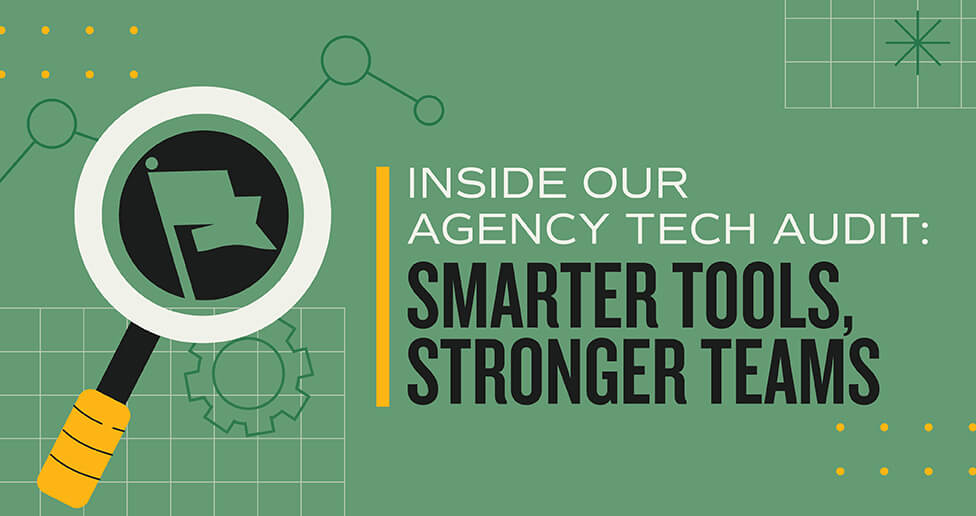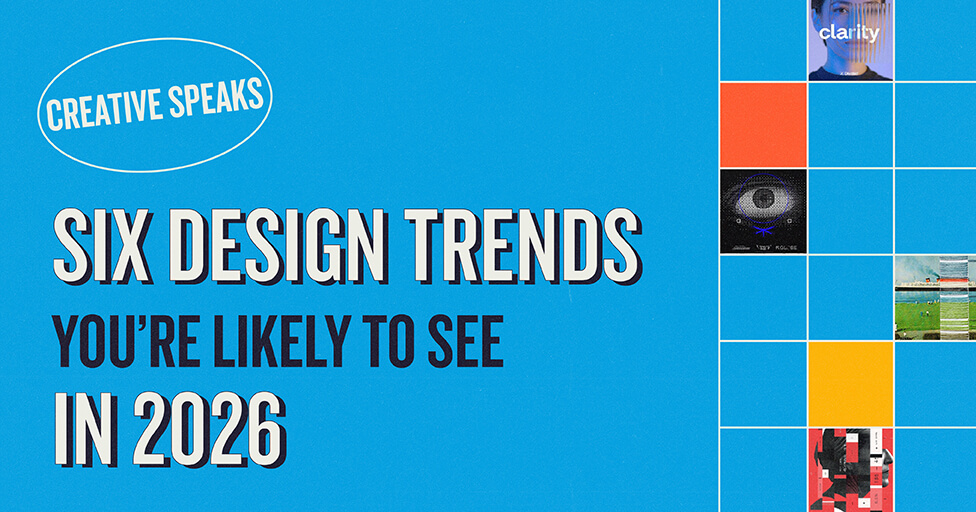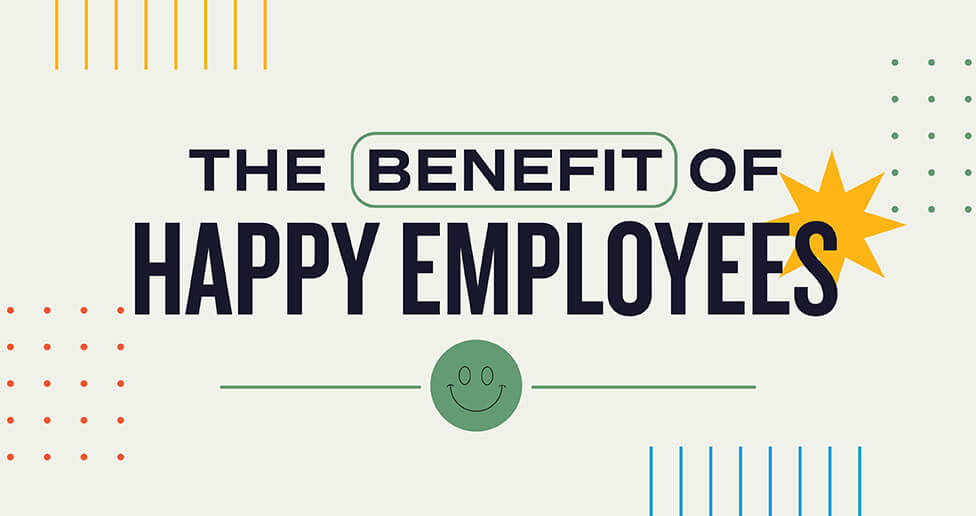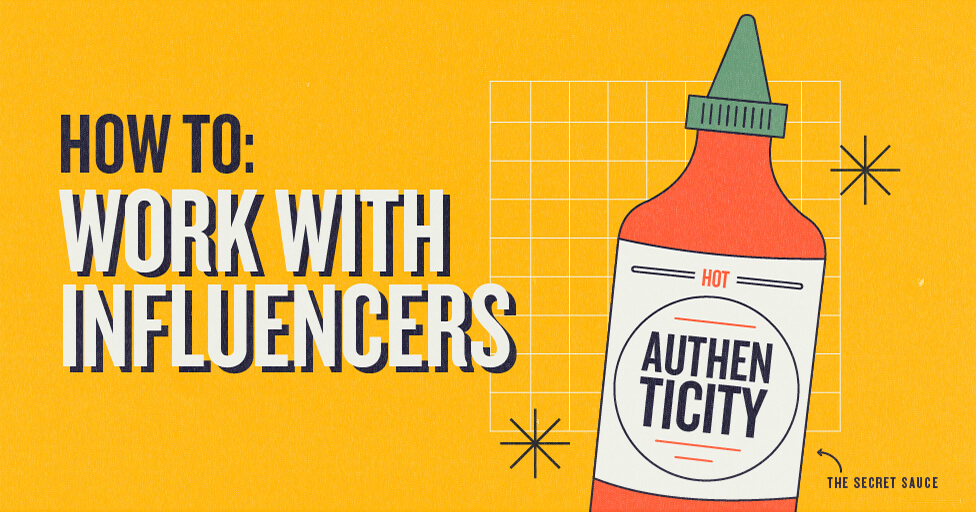
So, you’ve heard about social media influencers, right? Maybe you’ve read about the impressive results they are delivering to brands across the nation. You’re likely feeling its effects in your daily life as your tweenager keeps begging for that $35 lip gloss that LipGirl345 said is the best on the market. Or you look around your office space and see endless desks full of overpriced and oversized water cups and alleged blue light blocking glasses.
We also know consumer buying habits are changing. According to Hubspot’s 2022 State of U.S. Consumer Trends Report, Millennials and Gen Zers prefer to discover new products via social media and 30% of consumers now report influencer recommendations as one of the most important factors in their purchasing decisions. This comes as no surprise as influencer marketing has had exceptional growth in the past several years. The industry is valued at $16.4 billion in 2022, up nearly 19% from 2021 according to a study conducted by Oberlo. Yes, billion with a b.
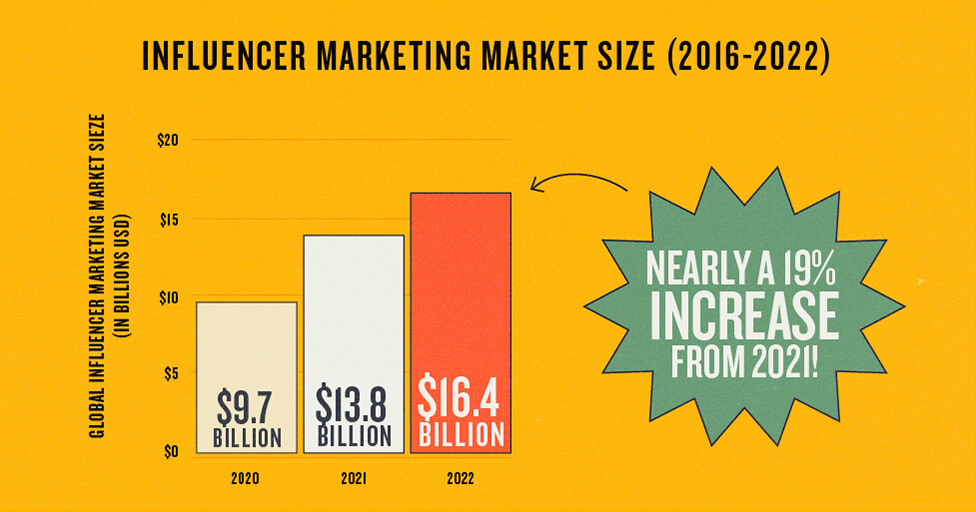
There’s a bit of a science when it comes to working in this space. It’s not just sending your product to someone with a lot of followers and asking them to make a post about it. (Cardinal rule – pay your influencers in dollars, not product.) Here’s the secret sauce: it’s all about being authentic. Today’s market, more than ever, craves authenticity. Millennials and Gen Z can spot a sponsored ad or phony product recommendation from a mile away. You want your influencers to be authentic brand ambassadors. So, how do you make that happen? Let’s dive in.
Campaign Goals
Let’s talk #goals. While hashtags are important, first let’s focus on campaign goals and metrics. Think of influencers as word-of-mouth marketing on steroids. The primary goal when gearing up for an influencer campaign is to introduce your brand to the market. It’s important to remember that this is an awareness tactic. While yes, of course, it’s great when you snag a few sales, what we’re really looking for is generating brand awareness, consumer trust, and brand retention. Therefore, your key performance indicator might be something like impressions, however, not all impressions are created equally (more on that later).
Finding The Right Partner(s)
“Location, location, location.” The phrase isn’t just for 90s real estate agents, we use this concept daily when creating influencer campaigns for our clients. In this scenario, location can mean audience, channel, and format.
Influencers come in many different shapes and sizes, just like brands. There are influencers with anywhere from 1,000 to 3 million followers. Keeping authenticity in mind , not all of those followers are engaging daily, weekly, or even monthly; and honestly, not all of those 3 million followers are human. If you’re a Tulsa-based coffee shop for example, you’re not going to get much value from reaching millions in Dubai or New York City. A smaller, more engaged, and localized audience that matches your desired customer a bit better will bring you much stronger results. Like we said — not all impressions are created equally.
Influencers can be found in several different channels and platforms. It’s no longer just blogs and occasional breakout YouTube stars. You can find these tastemakers across blog sites, podcasts, social channels such as YouTube, Facebook, TikTok, Pinterest and even niche sites like Twitch and Reddit. When working through your campaign goals, it’s important to research where your target audience is consuming media and talk to them there.
As platforms evolve, they’re constantly rolling out new ways for creators to do what they do best: create. Not every campaign has a one-size fits all approach when it comes to content formats. There are a few variables to take into consideration when preparing for a new campaign. First, let’s look at what you’re asking your influencer to promote. For example, if you’ve got a brand or product that will require a bit of explanation or demonstration, you’ll likely need to work within a longer form like blog posts and video content. Tailor this to your brand and your audience for the best results.
It’s also essential that you consider formats that align with the influencer and what performs well with their audience. When researching influencers be sure to look at what shape their content comes in and what kind of performance, they’re getting on those. Once you’ve decided to reach out and they show interest, have a conversation about format. Do their followers seem to prefer story content over static images? Do they see higher engagement with videos? Not only will you be outlining a preferred format but building a true collaboration between your brand and the influencer.
Green Flags
So, how does one find an influencer? While we recommend signing up for a third-party platform whose algorithm produces only the best results, we know that having access to that technology is a privilege. If you are an existing brand, start by looking at who is already interacting with your brand. Is there an account that is often tagging you across socials about your goods or services? Chances are this will create a much more authentic and fruitful partnership. However, if you’re coming up short with quality candidates don’t fret. Remember to go where your audience is consuming media and find a partner within that space whose “location, location, location” aligns.
Knowing what to look for in a quality candidate depends greatly on your brand, but here’s a few good tips we’ve learned along the way.
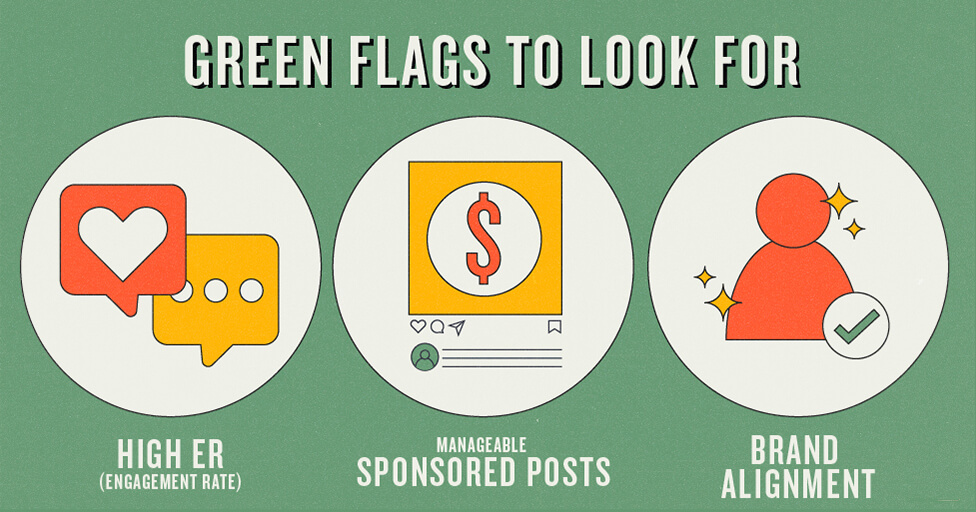
- High ER: If an influencer has a strong engagement rate (ER), this means that their followers are actively liking, commenting, and sharing their content – see, we’re back to impression quality again. This shows that there’s a strong and loyal interest in what they have to say.
- Manageable Sponsored Posts: We also love to see, albeit ironic, but not a ton of sponsored posts. While we’re not shy to experienced partners, we see value in someone who only works with brands they genuinely enjoy and want to advocate for. When an influencer’s feed is full of only sponsored content, we tend to move on down the list.
- Brand Alignment: We’re always looking for influencers whose personal brand is safe and could potentially become long-term partners. Does this person’s “brand” mesh naturally with your own?
While on this journey, we have also found a few influencers red flags that we try to be cognizant of.
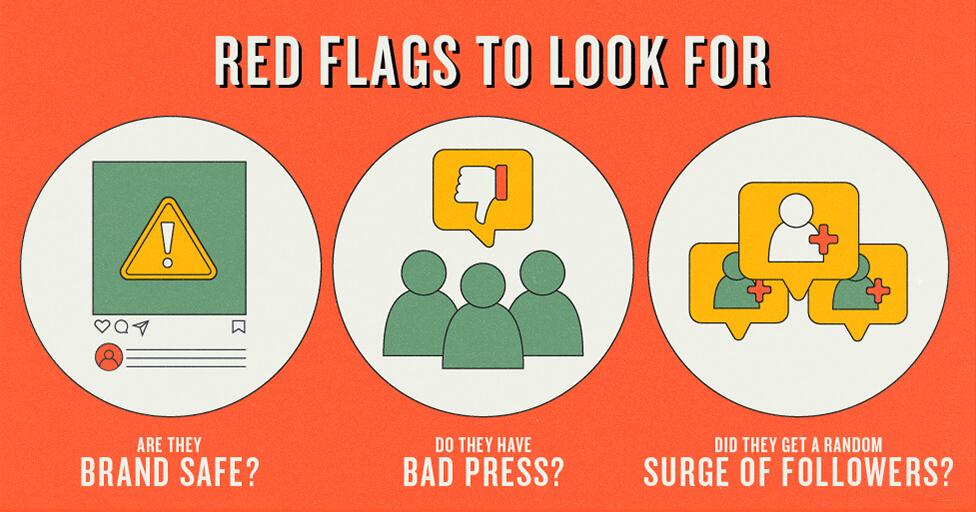
- Brand Safety: Without question, all partners must be brand safe. We tend to stray away from influencers that consistently use foul or inappropriate messaging within their content and daily language.
- Not all Press is Good Press: While it seems like common sense, be sure to look at someone’s public image. An influencer may have a troubled past or have received bad press for an unsavory action and again, not all impressions are the same.
- Surge Protection: Lastly, an influencer will get an eyebrow raise if there was a seemingly random surge in followers. To gain a ton of followers overnight often alerts us to some sort of fake profile or bots. Remember when I said not all of those 3 million followers are human?
Relationship Management
If you take anything away from us today, let it be this. Building and maintaining relationships with influencers is the most important thing you can do. While sure, you want to keep them on your good side so they don’t slander your brand, this is how you will find yourself with the opportunity for a true brand ambassador. Keep in mind that for many this is their career, and if it’s someone’s side hustle, appreciate the hustle! Come to each meeting or email with an open mind and willingness to collaborate. Engage with their content online from your brand’s social channels. If you see it’s their birthday, shoot them a note. These are business relationships after all. Treating others with kindness and respect will always take you far.
Think you’re ready to bring influencers into your marketing mix? Remember the secret sauce, the cardinal rule, and relationship management. Buckle up. You’ve got this.
Wanting to learn more? Chat with our Earned Media Team.
Subscribe to our newsletter
Get our insights and perspectives delivered to your inbox.
